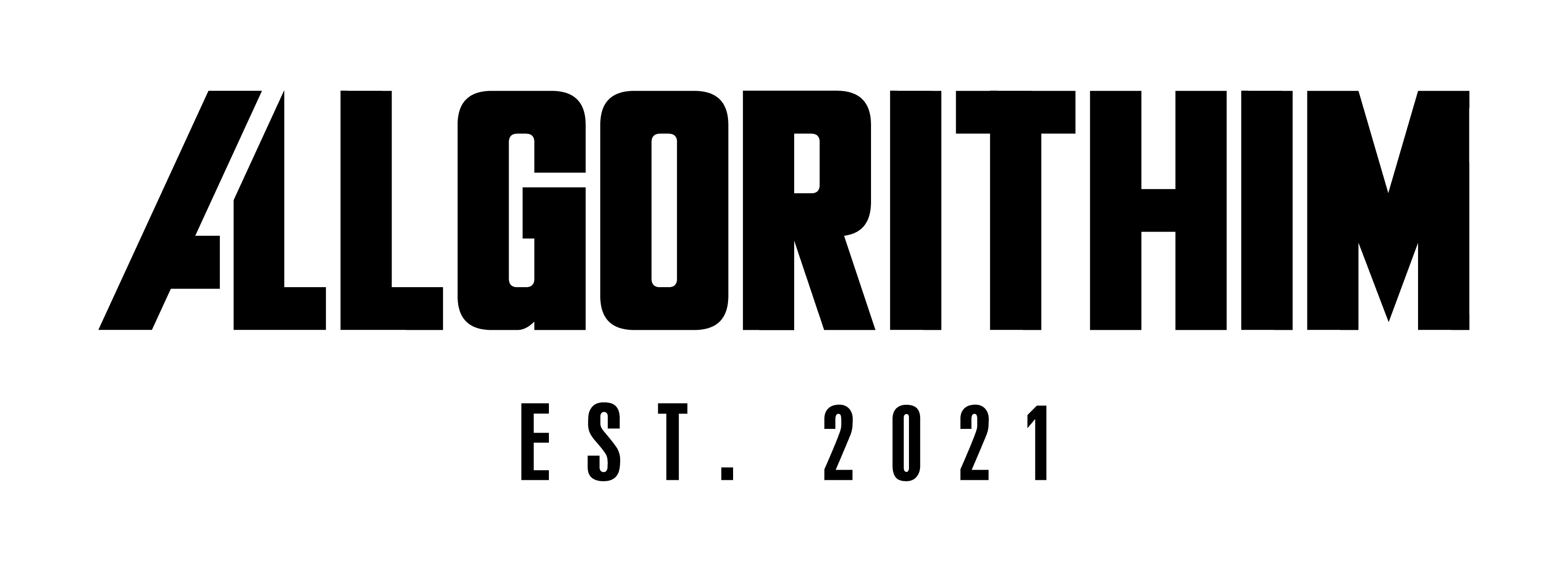Marko Ristić was born in Daytona Beach, Florida, and spent his youth on Long Island, New York. He is a first-generation American, raised in a Serbian immigrant family. His father, an architect who worked with wood and design, cultivated an environment rich in visual and structural thinking. His sister, Kristina Ristić, is also a painter based in Belgrade, and his grandfather was a cinematographer in the Yugoslav People’s Army.
Growing up, Marko often felt the pull of dual identities—navigating being “American” in school while holding onto his Serbian cultural, religious, and familial heritage. He has described this tension as formative: his artistic voice emerges from the overlap of these worlds rather than a rejection of either.
Marko’s entry into the art world was not through formal education but through discovery and self-driven practice. Between ages nineteen and twenty-seven, he worked as a male model—a phase he describes as pragmatic but emotionally unfulfilling. At twenty-seven, he turned seriously toward painting, using it as a medium to ground himself, explore presence, and channel his interior life. He has likened painting to journaling—each canvas a page, a moment, something felt and internalized.
He attributes much of his artistic development to organic evolution rather than schooling: experimenting, making mistakes, discarding, and revising. His father taught him foundational technical skills such as stretching canvases, making primers, and constructing frames.
Soon after pivoting to painting, Marko began attracting gallery interest. A friend introduced him to Tyler Santangelo, founder of the ALLGORITHIM gallery, who offered him a solo show. That exhibition, A Violent Display of Affection, would become a hallmark of his early career.
Marko’s paintings inhabit the space between figuration and abstraction. Working primarily in oil on large canvases, his brushwork is bold and physical. Forms often fragment or dissolve, and depth is implied through gesture rather than illusion. His focus is emotional resonance over representation. A recurring concept in his work is “chaos”—not just as subject but as material. In his Flaunt interview, he described his paintings as “an attempt at replicating my own chaos.” His compositions explore tension between love and destruction, presence and disintegration, turmoil and calm.
Working and living in the same space, he emphasizes the difficulty of maintaining psychological boundaries. His Manhattan loft oscillates between order and disorder—sometimes pristine, other times chaotic. He keeps daily rituals of exercise, coffee, and reading to anchor his practice. Each painting is a page, and revisiting them can feel like encountering an unfamiliar version of himself. He avoids fixed titles or rigid interpretations, believing art should resist closure.
His Serbian heritage is deeply woven into his aesthetic vocabulary. He often references Slavic endurance, Orthodox iconography, and the emotional gravity of cultural tradition. He views America as both a land of opportunity and illusion—his work pushing back against nostalgia to reveal what is.
His solo exhibition at ALLGORITHIM in West Hollywood, A Violent Display of Affection, drew notable attendees including Leonardo DiCaprio, Tobey Maguire, and Jacob Elordi. The show centered on his large-scale, emotionally charged figurative paintings. During installation, he was seen re-stretching canvases multiple times—a testament to his hands-on discipline and perfectionism. The exhibition marked a defining moment, translating his private intensity into public form. Since then, his work has been featured in art and design press, including Vogue Living, which profiled his New York loft.
Marko is known for his introspective and disciplined nature. He prioritizes honesty over acclaim, valuing process and persistence above image or reputation. Though resistant to comparison, others often describe his work as dynamic, raw, and vital. He regards art-making as an act of endurance—embracing doubt, imperfection, and slowness as essential parts of creative life.
Looking forward, Marko aspires to exhibit in New York, Belgrade, and internationally, sustaining a life fully supported by painting. Alongside his painting practice, he also works with analog photography, continuing to explore form, emotion, and the evolving dialogue between chaos and control.

